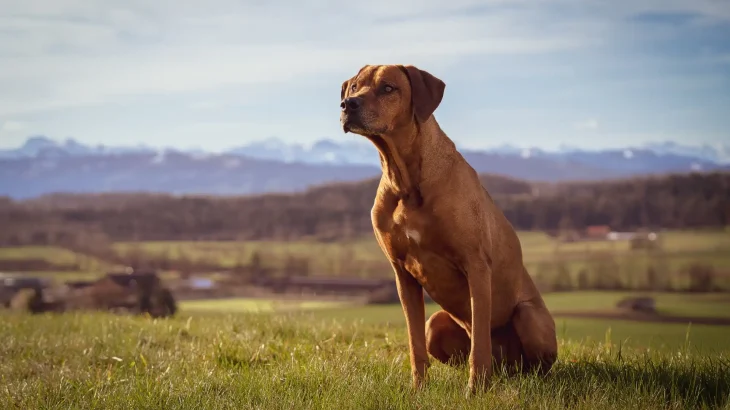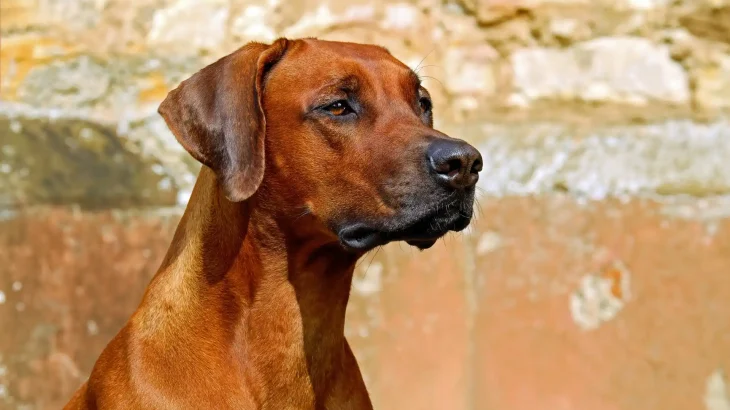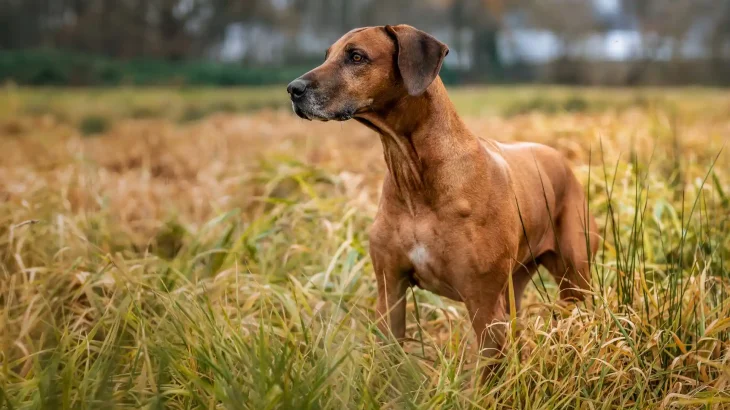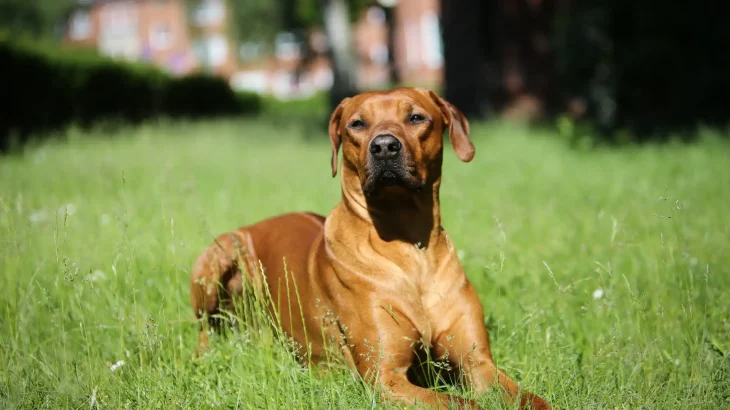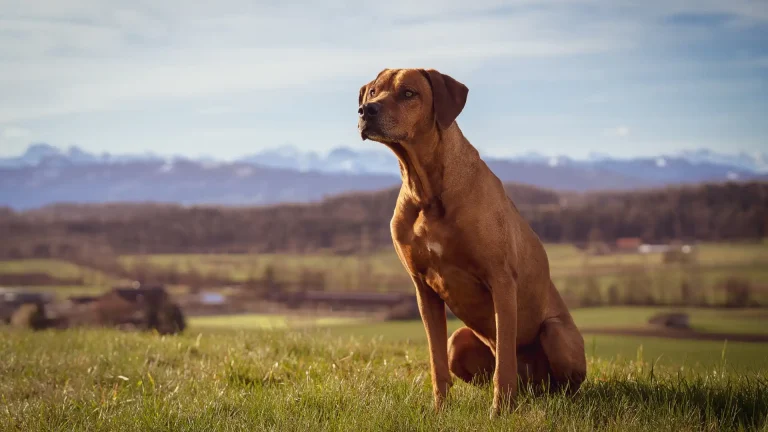Deciding whether to adopt or buy a Rhodesian Ridgeback puppy means considering a few key factors. Buying from a breeder often provides clearer info on the puppy's lineage and health, while adoption can be more affordable and gives a dog a second chance. Each option has different benefits depending on what you value most.
Adoption vs. Breeder: Pros & Cons
| Criteria | Buying from Breeder | Adopting from Shelter/Rescue |
|---|---|---|
| Cost | Higher upfront cost (often thousands), reflecting breed purity and breeder reputation. | Lower fees (usually a few hundred), making it more budget-friendly. |
| Health History | Usually detailed health records and genetic screening available. | Health history may be limited or unknown; basic vet checks typically done. |
| Age Availability | Mostly puppies, allowing early bonding and training. | Wide age range; can include adults needing homes. |
| Temperament Insight | Breeders often provide info based on lineage and parent behavior. | Temperament judged mostly by shelter observation; background less clear. |
| Ethical Considerations | Supports responsible breeding if breeder is reputable; beware unethical breeders. | Helps animals in need and cuts shelter populations. |
| Breed Purity & Pedigree | Pedigree and breed standards usually guaranteed. | Breed purity uncertain; mixes common. |

